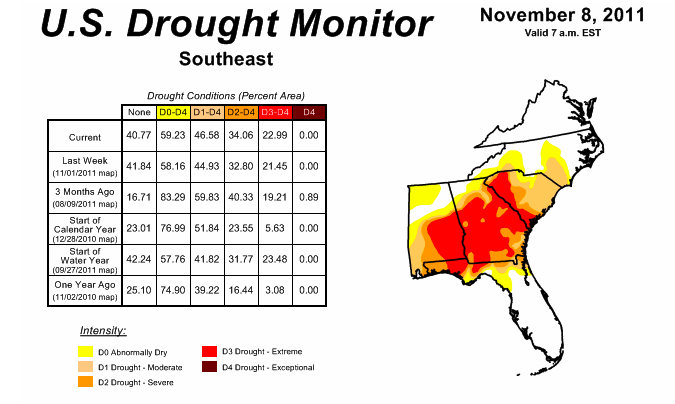Archive for November 15th, 2011
Mulching tree leaves: an alternative to disposal
This is a great article on leaf removal. I fully “be leaf” (ha, get it) that leaves should be dealt with in a better way than most landscape companies do at the moment. The time and energy spent raking, blowing and collecting this organic material could be incorporated into the landscape in a nice, neat, presentable, healthy, beneficial way. It doesn’t have to look like a ratty, dirty, lazy lawn care guy doesn’t want to rake leaves. It can be done right. Beneficial for both land owner, service provider, trees, shrubs, turf, and ultimately, the soil.
This grounds-mag site has some copyright protection and it wont let me repost the entire article here. Please click the link, read and weep.
enjoy.
http://grounds-mag.com/mag/grounds_maintenance_mulching_tree_leaves/index.html
Mulching tree leaves: an alternative to disposal
Few things are more beautiful than the changing colors of tree foliage in the fall. Unfortunately, enthusiasm for this autumn splendor is tempered by the knowledge that homeowners, professional grounds managers and golf course superintendents will soon face the inevitable task of leaf disposal.
There’s no question that you have to do something with leaves. Tree leaves can shade the turf, robbing it of precious photosynthetic activity in the late fall. Even thin layers of tree leaves trap humidity at the turf surface and increase the chance of snow mold during winter. Thicker layers of leaves can smother and completely kill the turf. Removing the interference from fallen tree leaves also allows your late season nitrogen applications to reach the turf more effectively, and improves the efficacy of late-season broadleaf herbicide applications. Therefore, for optimum turf health, it is critical to remove the tree leaves, or at least break them up.
Leonardo’s Formula Explains Why Trees Don’t Splinter – ScienceNOW
Leonardo’s Formula Explains Why Trees Don’t Splinter
by Kim Krieger, news.sciencemag.org
November 14th 2011 5:25 PM

The graceful taper of a tree trunk into branches, boughs, and twigs is so familiar that few people notice what Leonardo da Vinci observed: A tree almost always grows so that the total thickness of the branches at a particular height is equal to the thickness of the trunk. Until now, no one has been able to explain why trees obey this rule. But a new study may have the answer.
Leonardo’s rule holds true for almost all species of trees, and graphic artists routinely use it to create realistic computer-generated trees. The rule says that when a tree’s trunk splits into two branches, the total cross section of those secondary branches will equal the cross section of the trunk. If those two branches in turn each split into two branches, the area of the cross sections of the four additional branches together will equal the area of the cross section of the trunk. And so on.
Botanists have hypothesized that Leonardo’s observation has something to do with how a tree pumps water from its roots to leaves. The idea being that the tree needs the same total vein diameter from top to bottom to properly irrigate the leaves.
But this didn’t sound right to Christophe Eloy, a visiting physicist at the University of California (UC), San Diego, who is also affiliated with University of Provence in France. Eloy, a specialist in fluid mechanics, agreed that the equation had something to do with a tree’s leaves, not in how they took up water, and the force of the wind caught by the leaves as it blew.
Eloy used some insightful mathematics to find the wind-force connection. He modeled a tree as cantilevered beams assembled to form a fractal network. A cantilevered beam is anchored at only one end; a fractal is a shape that can be split into parts, each of which is a smaller, though sometimes not exact, copy of the larger structure. For Eloy’s model, this meant that every time a larger branch split into smaller branches, it split into the same number of branches, at approximately the same angles and orientations. Most natural trees grow in a fairly fractal fashion.
Because the leaves on a tree branch all grow at the same end of the branch, Eloy modeled the force of wind blowing on a tree’s leaves as a force pressing on the unanchored end of a cantilevered beam. When he plugged that wind-force equation into his model and assumed that the probability of a branch breaking due to wind stress is constant, he came up with Leonardo’s rule. He then tested it with a numerical computer simulation that comes at the problem from a different direction, calculating forces on branches and then using those forces to figure out how thick the branches must be to resist breakage (see illustration). The numerical simulation accurately predicts the branch diameters and the 1.8-to-2.3 range of Leonardo’s exponent, Eloy reveals in a paper soon to be published in Physical Review Letters.
“Trees are very diverse organisms, and Christophe seems to have arrived at a simple and elegant physical principle that explains how branches taper in size as you go from the trunk, through the boughs, up to the twigs,” says Marcus Roper, a mathematician at UC Berkeley. “It’s surprising and wonderful that no one thought of [the wind explanation] sooner.”
“This study brings trees up to par with manmade structures that have been primarily designed taking into account wind-loading considerations, the Eiffel Tower being perhaps the most well-known example,” says Pedro Reis, an engineer at the Massachusetts Institute of Technology in Cambridge. The results of this research could “impact our understanding of wind-based damage, such as the destruction by the recent Hurricane Irene,” he says, which toppled trees across a large swath of the northeastern United States in September.
Original Page: http://news.sciencemag.org/sciencenow/2011/11/leonardos-formula-explains-why-t.html
Shared from Read It Later

